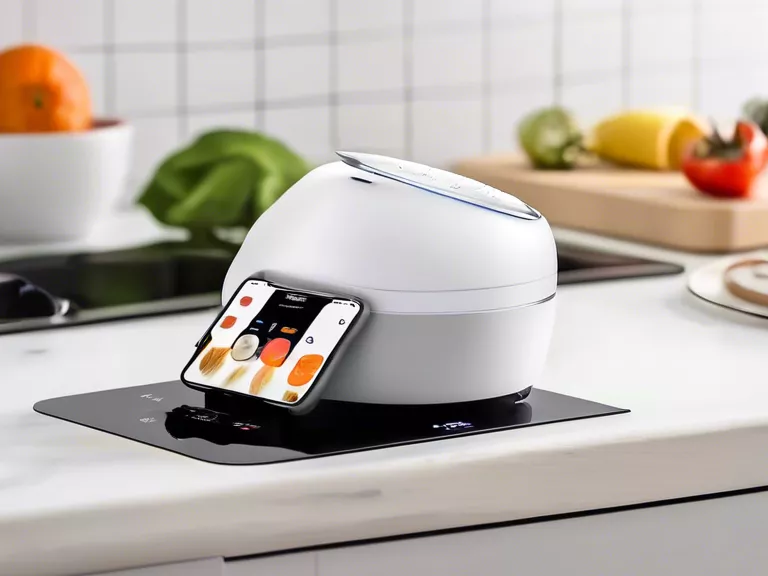
Smart homes are becoming increasingly popular, with more and more people opting to integrate various smart devices into their living spaces. However, managing multiple devices and ensuring they work seamlessly together can be a daunting task. In this article, we will explore how to integrate multiple smart home devices for seamless automation.
First and foremost, it's essential to choose devices that are compatible with each other. Look for devices that support common smart home protocols such as Zigbee, Z-Wave, or Wi-Fi. This will ensure that the devices can communicate with each other without any issues.
Next, invest in a central hub to act as the brain of your smart home system. A hub, such as SmartThings or Wink, can help you control all your devices from a single app. It can also automate actions, such as turning on lights when you arrive home or adjusting the thermostat based on your preferences.
Once you have selected your devices and set up a central hub, it's time to create automation rules. These rules can be simple, like turning on the lights when motion is detected, or more complex, such as triggering a series of actions when you leave the house. Most smart home platforms offer easy-to-use interfaces for creating these rules.
Additionally, consider setting up routines to streamline your daily tasks. Routines can automate multiple actions with a single command. For example, you can create a "good morning" routine that turns on the lights, brews a pot of coffee, and starts playing your favorite music when you wake up.
Lastly, don't forget to test your setup regularly to ensure everything is working as intended. Troubleshoot any issues that may arise and make adjustments as needed. With a little time and effort, you can enjoy the convenience and efficiency of a seamlessly integrated smart home system.



